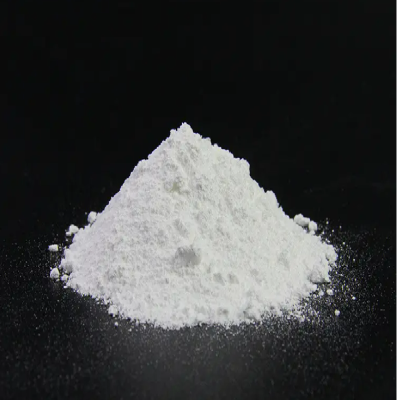The challenges of CBAM for chemical suppliers

The Carbon Border Adjustment Mechanism (CBAM) presents several significant challenges for chemical suppliers, particularly those exporting to the EU. Here are the key issues:
1. Complex Data Collection and Reporting Requirements
chemical suppliers face difficulties in accurately measuring and reporting the embedded carbon emissions of their products. The CBAM requires detailed data on carbon emissions, which can be complex to gather, especially from multi-tiered global supply chains. Additionally, the transition from using default standard values to actual data for reporting has highlighted the need for transparent communication and trust between importers and suppliers.
2. High Administrative Burden
The CBAM imposes a significant administrative burden, particularly due to its low de minimis threshold of €150. This captures many low-volume transactions, increasing compliance costs disproportionately for smaller businesses. The complex reporting platform, with decentralized access protocols and technical issues, further complicates the process.
3. Impact on Competitiveness
The additional costs associated with CBAM, such as purchasing carbon certificates, can affect the competitiveness of chemical suppliers, especially those from countries with less stringent climate policies. This may lead to a shift in production to regions with lower carbon costs, undermining the EU’s goal of reducing global emissions.
4. Supply Chain Challenges
Ensuring that all suppliers, especially those outside the EU, comply with CBAM requirements can be difficult. Non-EU suppliers may have privacy concerns or be unwilling to disclose certain data, complicating the collection of necessary information. This can lead to increased operational costs and potential disruptions in supply chains.
5. Risk of Trade Disputes
CBAM has the potential to trigger trade disputes, as it may be perceived as a protectionist measure by some countries. This could lead to retaliatory tariffs or legal challenges in international trade forums like the WTO. Such disputes could further complicate the global trade environment for chemical suppliers.
6. Indirect Carbon Costs
For energy-intensive industries like chemicals, indirect carbon costs (e.g., higher electricity prices due to carbon pricing) are a significant concern. These costs are not fully accounted for in the CBAM framework, potentially leading to a competitive disadvantage for EU-based chemical suppliers.
7. Need for Full Value Chain Coverage
The chemical industry has a complex and interconnected value chain. Covering only upstream materials (e.g., ammonia) under CBAM may lead to carbon leakage through imports of downstream products not covered by the mechanism. This requires a more comprehensive approach to ensure the entire value chain is addressed.
Solutions and Adaptation Strategies
To address these challenges, chemical suppliers and policymakers are considering several strategies:
- Enhanced Data Management Systems: Implementing robust systems for tracking and reporting carbon emissions across supply chains.
- Streamlined Reporting Processes: Simplifying the CBAM reporting platform and providing clearer guidelines to reduce administrative burdens.
- Support for SMEs: Offering financial and technical support to smaller companies to help them comply with CBAM requirements.
- International Collaboration: Working with international partners to harmonize carbon pricing and regulatory frameworks, reducing the risk of trade disputes.
Overall, while CBAM aims to promote global climate action, its successful implementation requires careful consideration of these challenges to ensure a fair and effective transition for the chemical industry.
- Business
- Research
- Energy
- Art
- Causes
- Tech
- Crafts
- crypto
- Dance
- Drinks
- Film
- Fitness
- Food
- Games
- Gardening
- Health
- Home
- Literature
- Music
- Networking
- Other
- Party
- Religion
- Shopping
- Sports
- Theater
- Wellness


